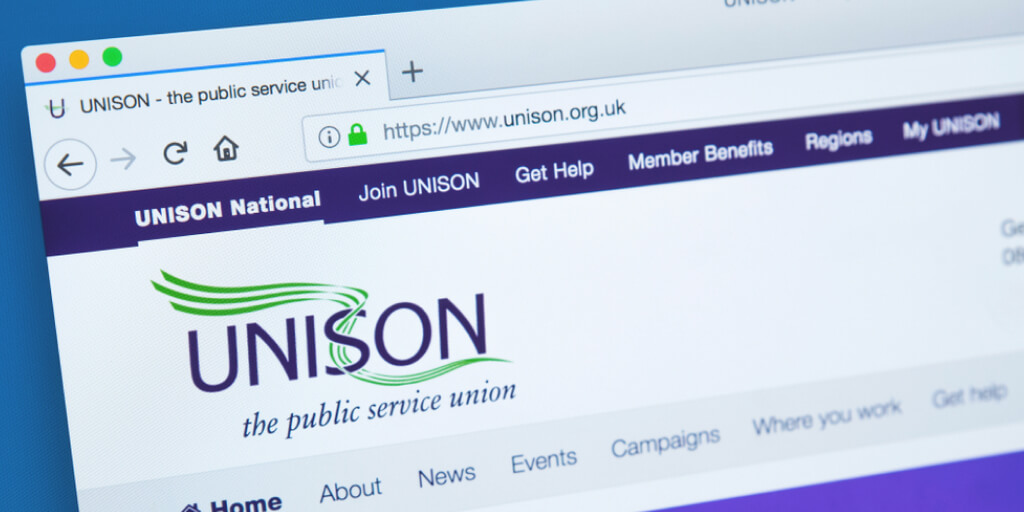In the digital age, the role of government websites has evolved from mere information repositories to dynamic platforms for citizen engagement, information dissemination, and public service delivery. To meet the increasing expectations of modern citizens, public sector websites are undergoing a profound transformation. At the forefront of this revolution are Artificial Intelligence (AI) and Large Language Models (LLMs), which are poised to reshape the way we interact with government entities online. This article delves into the exciting prospects of how AI and LLMs are driving the future of public sector website experiences.
The Power of AI and LLMs
Artificial Intelligence, characterized by its ability to perform tasks that typically require human intelligence, is increasingly making its mark in various sectors. Coupled with LLMs, which are sophisticated language processing models, AI is becoming a driving force in enhancing website experiences. AI and LLMs can analyze vast amounts of data, extract insights, and generate human-like text, making them invaluable tools for creating rich, interactive, and personalized digital experiences.
1. Personalized User Experiences:

AI and LLMs empower public sector websites to cater to the individual needs and preferences of users. By analyzing user behavior and historical data, these technologies can tailor content and services, ensuring that visitors find the information they need quickly and efficiently. For instance, a citizen searching for tax-related information on a government website can receive personalized recommendations and answers based on their specific queries and browsing history.
2. Natural Language Interaction:

The traditional search bar and navigation menus are giving way to more intuitive natural language interfaces. AI-driven chatbots and virtual assistants powered by LLMs enable citizens to interact with government websites using everyday language. This approach makes information retrieval and service inquiries more user-friendly, bridging the gap between citizens and the complexities of bureaucratic language.
3. Information Accessibility and Transparency:

AI and LLMs are key players in breaking down barriers to information access. Through automated content tagging and semantic analysis, public sector websites can organize vast amounts of data into structured and easy-to-understand formats. This enhances transparency by enabling citizens to access and comprehend governmental information, policies, and updates without sifting through convoluted documents.
4. Efficient Service Delivery:

Incorporating AI and LLMs into public sector websites streamlines service delivery. Applications, forms, and requests can be automated, reducing the need for manual intervention. Citizens can apply for permits, licenses, and benefits seamlessly, leading to quicker response times and improved overall user satisfaction.
5. Data-Driven Decision Making:

AI and LLMs empower governments to make informed decisions by analyzing patterns and trends from user interactions. Insights gained from citizen behavior on the website can guide policymakers in prioritizing areas for improvement, thus ensuring that the digital experience aligns with citizens’ evolving needs.
Overcoming Challenges and Ensuring Ethical Use
While the potential benefits of AI and LLM integration into public sector websites are undeniable, there are important considerations to address. Ensuring data privacy, security, and avoiding algorithmic bias are paramount. Governments must establish stringent guidelines for the collection, storage, and use of citizen data, while also guaranteeing that AI systems do not discriminate against any group.
Furthermore, transparency in AI decision-making is crucial. Citizens have the right to know when they are interacting with AI-driven systems and how their data is being used. Open communication helps build trust and encourages citizens to embrace AI-driven services.
Conclusion
The future of public sector website experiences is being shaped by the remarkable capabilities of AI and LLMs. These technologies hold the promise of transforming how citizens interact with government entities online, offering personalized, intuitive, and efficient experiences. By harnessing AI and LLMs ethically and responsibly, governments can unlock a new era of transparency, accessibility, and citizen engagement.
As AI and LLMs continue to advance, governments around the world must seize this opportunity to redefine public sector websites as dynamic hubs of interaction, service, and information. By putting AI and LLMs at the helm, governments can craft a tomorrow where digital citizen engagement is not just a convenience, but a powerful tool for positive change.






